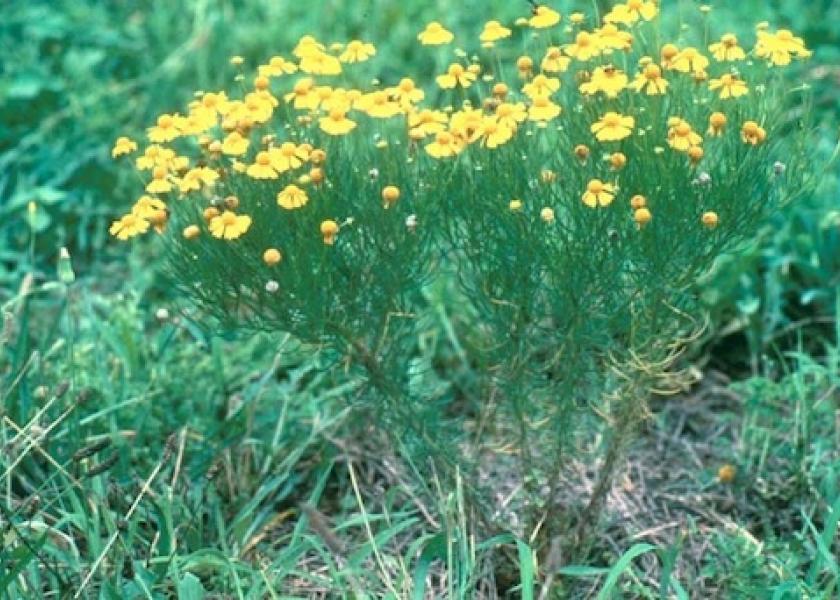Survey Pasture Weeds Now, Treat Later

Summer is not the perfect time to tackle weeds in pastures, but it is the perfect time to make note of them.
By: Frank M. Watson, University of Georgia Cooperative Extension
Late summer is an excellent time for farmers to survey or map the weeds in their pastures and hay fields. But it’s not the best time to spray.
The majority of weeds growing at this time of year are usually summer annuals and summer perennials. Many producers may want to control summer annual weeds in pastures and hayfields that are already present, but treatments are usually unsuccessful.
A farmer’s time would be better spent mapping out his control strategy for next year. Herbicides are usually more effective on weeds that are young and actively growing.
The large size of summer weeds makes them easy to identify for mapping out heavy infestations or "hot spots." Knowing which weeds are causing a problem and their location in the field allows producers to develop a control strategy for summer weeds in 2015.
For example, as fall approaches many pastures turn a brilliant shade of yellow. This is usually from a problem weed called bitter sneezeweed. Late summer or fall is not the preferred time to control bitter sneezeweed. Control in the seedling stage of growth is cheaper and more effective.
A heavy frost is probably the best control for summer annuals in the fall.
The key to low cost pasture and hayfield weed control is to match the most cost effective herbicide to the weed problem and then apply the herbicide at the correct time of the year.
There are exceptions, but in general, late May and early June are the preferred times to control summer annuals in pastures and hay fields. Most weeds will be in the seedling to early vegetative growth stage at this time and will be more susceptible to control by the herbicide.







